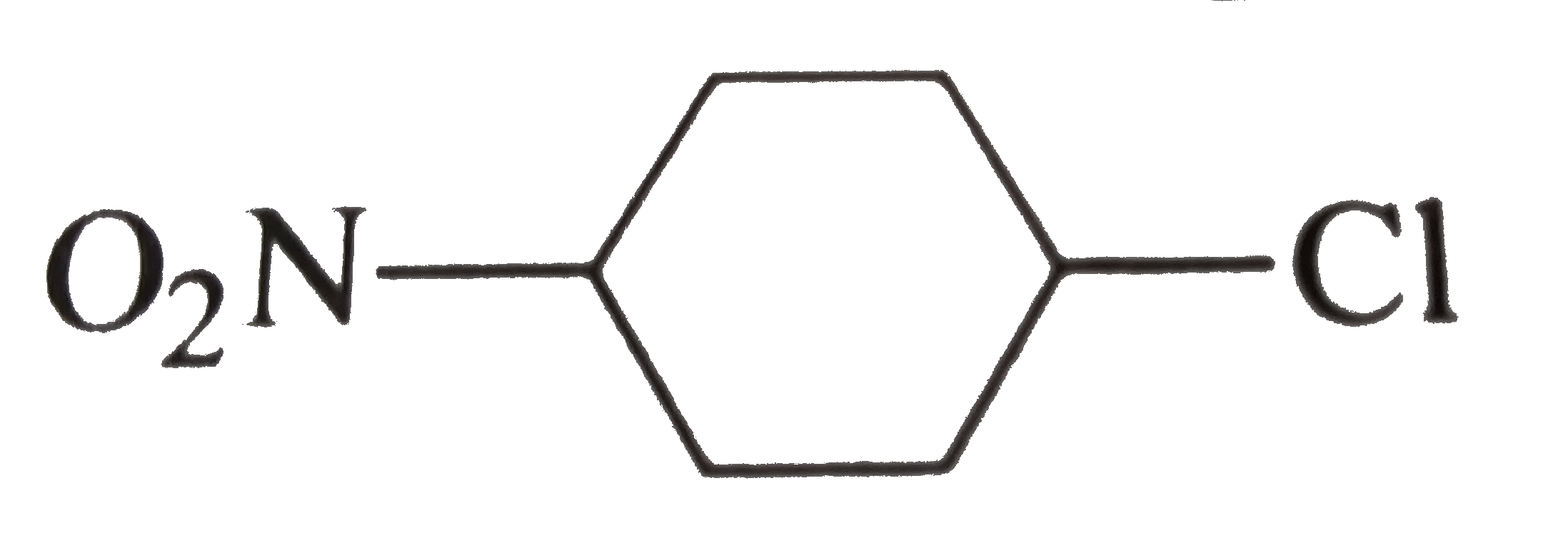Dipole-induced dipole interaction are present in which of the following pairs
Cl2andCCl4
HCl and He atoms
SiF4 and He atoms
H2O and alcohol
To determine which pairs exhibit dipole-induced dipole interactions, we need to understand the conditions necessary for such interactions to occur. Here’s a step-by-step solution:
Step 1: Understand Dipole-Induced Dipole Interactions
Dipole-induced dipole interactions occur when a polar molecule with a permanent dipole moment interacts with a non-polar molecule. The polar molecule induces a temporary dipole in the non-polar molecule, leading to an attraction between the two.
Hint: Remember that one molecule must be polar (with a permanent dipole) and the other must be non-polar (with no permanent dipole).
Step 2: Identify Polar and Non-Polar Molecules
- Polar Molecules: These are molecules that have a permanent dipole moment due to differences in electronegativity between atoms. For example, HCl is a polar molecule because chlorine is more electronegative than hydrogen, creating a dipole.
- Non-Polar Molecules: These are molecules that do not have a permanent dipole moment. Examples include noble gases like helium (He) and diatomic molecules like Cl2.
Hint: Look for molecules that have significant electronegativity differences for polar molecules and symmetrical structures for non-polar molecules.
Step 3: Analyze the Given Options
1. HCl and He: HCl is polar (has a permanent dipole), and He is non-polar. Therefore, dipole-induced dipole interactions occur here.
2. H2O and Alcohol: Both are polar and can form hydrogen bonds, not dipole-induced dipole interactions.
3. SiF4 and He: SiF4 is a symmetrical molecule with no permanent dipole moment, making it non-polar. He is also non-polar, so no dipole-induced dipole interactions occur.
4. Cl2 and CCl4: Both Cl2 and CCl4 are non-polar (Cl2 has no dipole due to identical atoms, and CCl4 is symmetrical), so no dipole-induced dipole interactions occur.
Hint: Compare each pair to see if one is polar and the other is non-polar.
Step 4: Conclusion
The only pair that exhibits dipole-induced dipole interactions is HCl and He.
Final Answer: The correct answer is option 1 (HCl and He).
Dipole-induced dipole interactions occur when a polar molecule with a permanent dipole moment interacts with a non-polar molecule. The polar molecule induces a temporary dipole in the non-polar molecule, leading to an attraction between the two.
- Polar Molecules: These are molecules that have a permanent dipole moment due to differences in electronegativity between atoms. For example, HCl is a polar molecule because chlorine is more electronegative than hydrogen, creating a dipole.
- Non-Polar Molecules: These are molecules that do not have a permanent dipole moment. Examples include noble gases like helium (He) and diatomic molecules like Cl2.
1. HCl and He: HCl is polar (has a permanent dipole), and He is non-polar. Therefore, dipole-induced dipole interactions occur here.
2. H2O and Alcohol: Both are polar and can form hydrogen bonds, not dipole-induced dipole interactions.
3. SiF4 and He: SiF4 is a symmetrical molecule with no permanent dipole moment, making it non-polar. He is also non-polar, so no dipole-induced dipole interactions occur.
4. Cl2 and CCl4: Both Cl2 and CCl4 are non-polar (Cl2 has no dipole due to identical atoms, and CCl4 is symmetrical), so no dipole-induced dipole interactions occur.
The only pair that exhibits dipole-induced dipole interactions is HCl and He.
Topper's Solved these Questions
- STATES OF MATTERBOOK - AAKASH INSTITUTE ENGLISHCHAPTER - STATES OF MATTEREXERCISE - ASSIGNMENT (SECTION-D)
14 Videos
- STATES OF MATTERBOOK - AAKASH INSTITUTE ENGLISHCHAPTER - STATES OF MATTEREXERCISE - ASSIGNMENT (SECTION-B)
34 Videos
- SOME BASIC CONCEPTS OF CHEMISTRY BOOK - AAKASH INSTITUTE ENGLISHCHAPTER - SOME BASIC CONCEPTS OF CHEMISTRY EXERCISE - ASSIGNMENT SECTION J (Aakash Challenges Questions)
10 Videos
- STRUCTURE OF ATOMBOOK - AAKASH INSTITUTE ENGLISHCHAPTER - STRUCTURE OF ATOMEXERCISE - ASSIGNMENT (SECTION -D) Assertion-Reason Type Questions
15 Videos
Similar Questions
Knowledge Check
Assertion : Dipole - dipole forces acting between the molecules possessing permanent dipole , are weaker than ion - ion interactions .
Reason : The attractive forces decrease with the increase of distance between the dipoles .AIf both assertion and reason are true and reason is the correct explanation of assertion .BIf both assertion and reason are true but reason is not the correct explanation of assertion .CIf assertion is true but reason is false .DIf both assertion and reason are false .
The intermolecular forces operating between two constituent particles depends on the distance between the centres of the molecules. Dipole-dipole interactions are inversely proportional to 3rd power of the distance where as dipole induced dipole interaction are inversely proportional to the sixth power of intermolecular distances.
In which of the following the extent of interaction is proportional to 1r6 where (r = intermolecular distance)
View SolutionThe high density of water compared to ice is due to
(a)hydrogen bonding interactions
(b)dipole -dipole interactions
(c)dipole - induced dipole interactions
(d)induced dipole -induced dipole interactions
View SolutionThe intermolecular forces operating between two constituent particles depends on the distance between the centres of the molecules. Dipole-dipole interactions are inversely proportional to 3rd power of the distance where as dipole induced dipole interaction are inversely proportional to the sixth power of intermolecular distances.
The forces in dry ice are proportional to (r = intermolecular distance)
View SolutionHow many cases have 'Dipole-induced dipole' interaction ?
(a) Br2 in water , (b) NH3 in H2O , (c) CO2 in water , (d) O2 in water , (e) 'Xe' in water
View SolutionZero dipole moment is present in
View SolutionCompare the dipole moments of the compounds in the following pairs.
HF,HCl
View SolutionCalculate the dipole moment of the following compound
 .
.
View Solution
